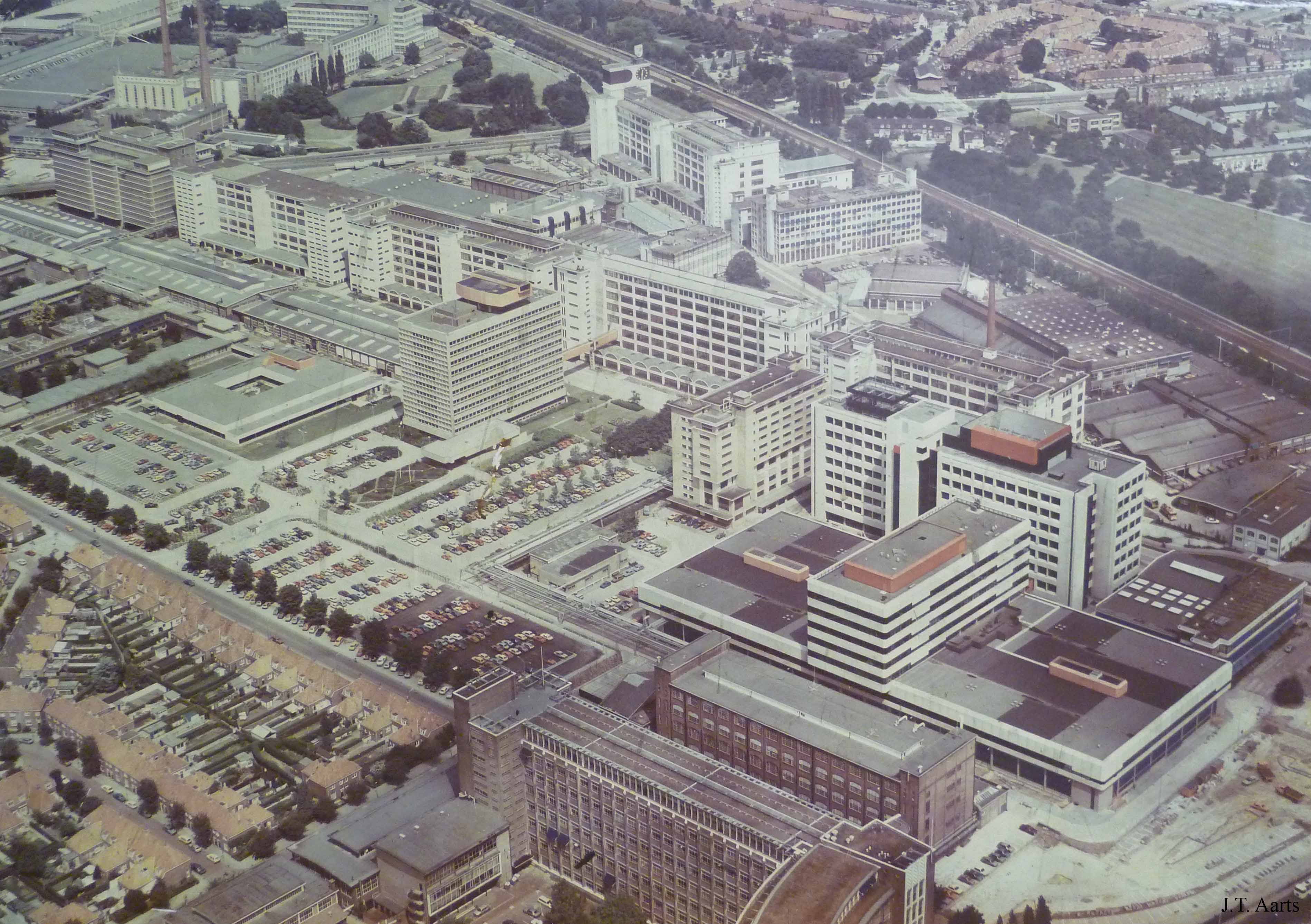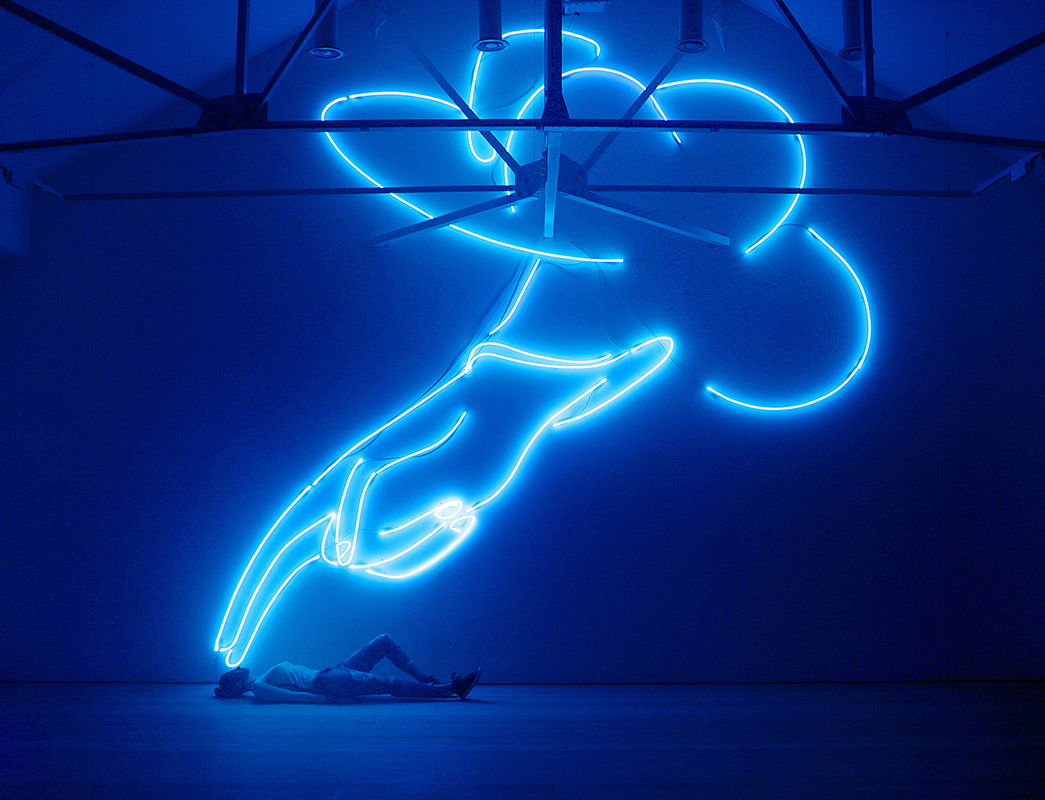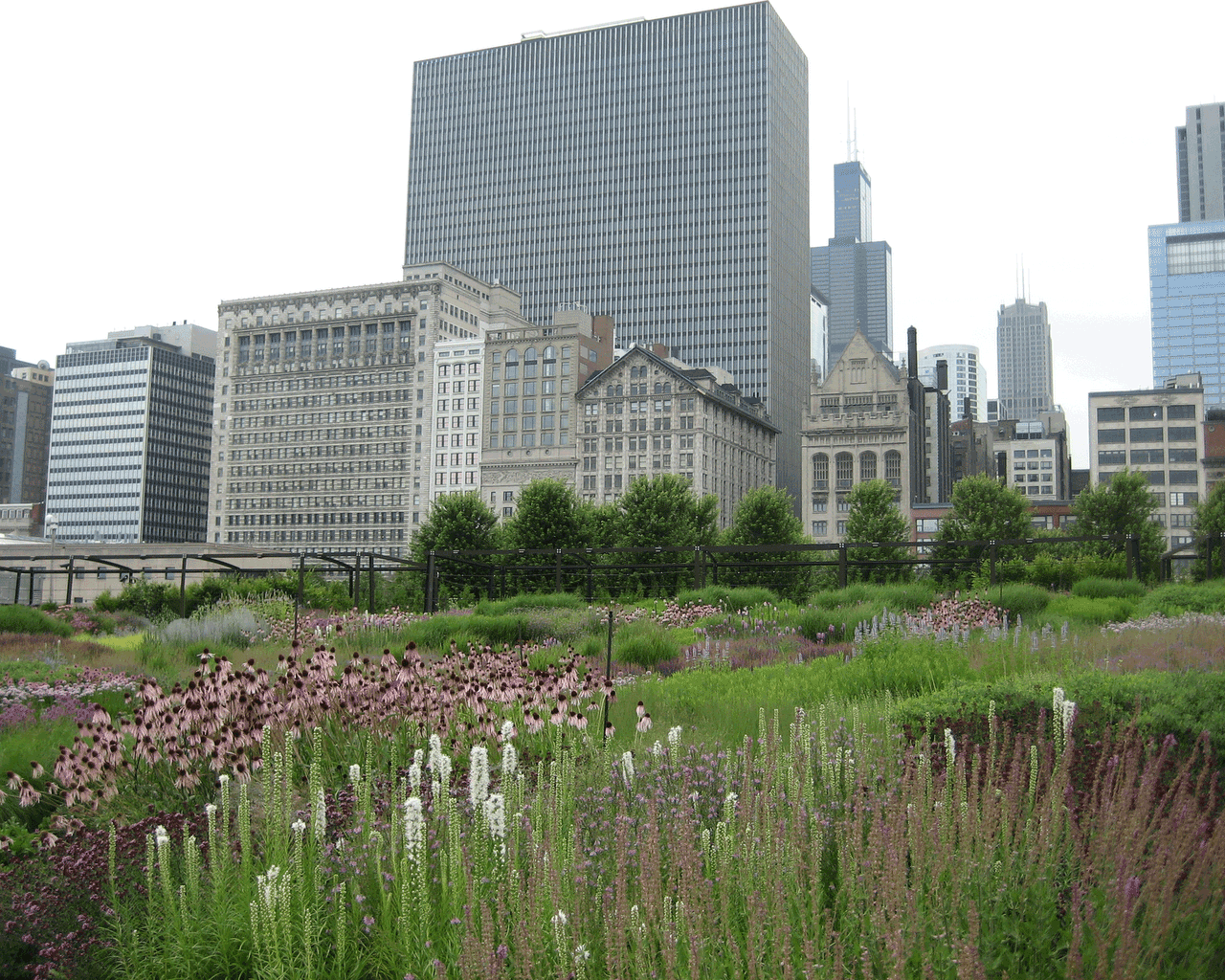|
Strijp-S
Strijp-S () is a neighborhood and former industrial park in the Eindhoven district of Strijp. The area belonged to electronics company Philips. Since 2000, creative companies and housing have been established in the former industrial buildings. Eindhoven Strijp-S railway station serves the district. Name The name Strijp-S comes from the naming pattern that Philips used in its industrial parks. Strijp-S was the first park, and Strijp-T and Strijp-R followed. History Lamps, radios and televisions In 1916 Anton Philips built the first factory in Strijp-S a glass factory for incandescent light bulbs. The Philips Natuurkundig Laboratorium was opened in 1914. Strijp-S was where first radios, then televisions were produced, as well as many other devices. The credo ''Van zand tot klant'' ("from sand to customer") stood behind the idea that Philips controlled every phase of production from research to storage, from glass blowing to cardboard factory: everything on one enormous pi ... [...More Info...] [...Related Items...] OR: [Wikipedia] [Google] [Baidu] |
Eindhoven
Eindhoven ( ; ) is a city and List of municipalities of the Netherlands, municipality of the Netherlands, located in the southern Provinces of the Netherlands, province of North Brabant, of which it is the largest municipality, and is also located in the Dutch part of the natural region the Campine. With a population of 246,443 (1 January 2024) on a territory of 88.92 km2,Statistieken gemeente Eindhoven AlleCijfers.nl it is the List of cities in the Netherlands by province, fifth-largest city of the Netherlands and the largest outside the Randstad conurbation. Eindhoven was originally located at the confluence of the Dommel and the Gender (stream), Gender. A municipality since the 13th century, Eindhoven witnessed rapid growth starting in the 1900s by textile and tobacco industries. Two well-known companies, DA ... [...More Info...] [...Related Items...] OR: [Wikipedia] [Google] [Baidu] |
Eindhoven Strijp-S Railway Station
Eindhoven Strijp-S is a railway station located in northwestern Eindhoven, Netherlands at the Strijp-S creative and residential district built on the former Philips factory complex. The station was opened on 23 September 1971 and is located on the Breda–Eindhoven railway. The station is operated by Nederlandse Spoorwegen. The station was known as ''Eindhoven Beukenlaan'' until 13 December 2015 when it was renamed Eindhoven Strijp-S. This is to reflect the redevelopment of the area around the station into a business park, called Strijp Strijp is a former town in the Dutch province of North Brabant, now a borough of Eindhoven. History Strijp was a separate municipality until 1920, when it became part of Eindhoven. Notable features The Philips Stadion, home of football te ...-S. Before 2018 the station will have lifts installed to make the platforms accessible for persons of reduced mobility, buggies etc. Train services The station is served by the following service(s): ... [...More Info...] [...Related Items...] OR: [Wikipedia] [Google] [Baidu] |
Strijp
Strijp is a former town in the Dutch province of North Brabant, now a borough of Eindhoven. History Strijp was a separate municipality until 1920, when it became part of Eindhoven. Notable features The Philips Stadion, home of football team PSV Eindhoven is based in Strijp. The stadium has a capacity of around 35,000. Strijp-S, the repurposed buildings of the former Philips Koninklijke Philips N.V. (), simply branded Philips, is a Dutch multinational health technology company that was founded in Eindhoven in 1891. Since 1997, its world headquarters have been situated in Amsterdam, though the Benelux headquarter ... factory complex, is located within Strijp. References Former municipalities of North Brabant Populated places in North Brabant Boroughs of Eindhoven {{NorthBrabant-geo-stub ... [...More Info...] [...Related Items...] OR: [Wikipedia] [Google] [Baidu] |
Light Art
Light art or the art of light is generally referring to a visual art form in which (physical) light is the main, if not sole medium of creation. Uses of the term differ drastically in incongruence; definitions, if existing, vary in several aspects. Since light is the medium for visual perception, this way all visual art could be considered light art absurdly enough; but most pieces of art are valid and coherent without reflecting on this basic perceptual fact. Some approaches on these grounds also include into light art those forms of art where light is not any medium contributing to the artwork, but is depicted. Thus, luminism may also refer to light art in the above sense, its previous usage point to painterly styles: either as an other label for the Caravaggisti in the baroque, or 19th and 20th centuries, fundamentally impressionist schools. Concerning light as a medium of art, historically light art is confined to the use of artificial light in artworks. This culminates in ... [...More Info...] [...Related Items...] OR: [Wikipedia] [Google] [Baidu] |
Dutch Design Week
Dutch Design Week (also known as DDW) is an event about Dutch design, hosted in Eindhoven, Netherlands. The event takes place around the last week of October and is a nine-day event with exhibitions, studio visits, workshops, seminars, and parties across the city. The event hosts companies including Philips, Philips Design and DAF, as well as the Design Academy Eindhoven and the Eindhoven University of Technology. The initiative began in 2002 as a non-commercial fair and by 2018 had 355,000 visitors. The DDW consists of around 120 venues. The main venues during the event are among others the Klokgebouw (Strijp-S), Design Academy Eindhoven and the Faculty of Industrial Design at the Eindhoven University of Technology, where successful and well-visited expositions are organized. Whereas the main goal remains to create a non-commercial event, many conflicts of interest and the rapid growth did contribute to a more commercial approach since 2007. Pop venue Effenaar and classical ... [...More Info...] [...Related Items...] OR: [Wikipedia] [Google] [Baidu] |
Philips Natuurkundig Laboratorium
The Philips Natuurkundig Laboratorium (English translation: ''Philips Physics Laboratory'') or NatLab was the Dutch section of the Philips research department, which did research for the product divisions of that company. In 1975, the NatLab employed some 2000 people, including 600 researchers with university degrees. Research done at the NatLab has ranged from product-specific to fundamental research into electronics, physics and chemistry, as well as computing science and information technology. The original NatLab facility was disbanded in 2001 and the facility has been transformed into the commercial High Tech Campus Eindhoven, which is open to researchers from many different companies. Philips Research is after many reorganizations one of the smaller tenants. Philips Research also had branches in Germany, the United Kingdom, United States, India and China. Originally located in the Strijp district of Eindhoven, the facility moved to Waalre in the early 1960s. A 1972 mun ... [...More Info...] [...Related Items...] OR: [Wikipedia] [Google] [Baidu] |
Light-emitting Diode
A light-emitting diode (LED) is a semiconductor device that emits light when current flows through it. Electrons in the semiconductor recombine with electron holes, releasing energy in the form of photons. The color of the light (corresponding to the energy of the photons) is determined by the energy required for electrons to cross the band gap of the semiconductor. White light is obtained by using multiple semiconductors or a layer of light-emitting phosphor on the semiconductor device. Appearing as practical electronic components in 1962, the earliest LEDs emitted low-intensity infrared (IR) light. Infrared LEDs are used in remote-control circuits, such as those used with a wide variety of consumer electronics. The first visible-light LEDs were of low intensity and limited to red. Early LEDs were often used as indicator lamps, replacing small incandescent bulbs, and in seven-segment displays. Later developments produced LEDs available in visible, ultraviolet (U ... [...More Info...] [...Related Items...] OR: [Wikipedia] [Google] [Baidu] |
Neighbourhoods Of Eindhoven
A neighbourhood (Commonwealth English) or neighborhood (American English) is a geographically localized community within a larger town, city, suburb or rural area, sometimes consisting of a single street and the buildings lining it. Neighbourhoods are often social communities with considerable face-to-face interaction among members. Researchers have not agreed on an exact definition, but the following may serve as a starting point: "Neighbourhood is generally defined spatially as a specific geographic area and functionally as a set of social networks. Neighbourhoods, then, are the spatial units in which face-to-face social interactions occur—the personal settings and situations where residents seek to realise common values, socialise youth, and maintain effective social control." Preindustrial cities In the words of the urban scholar Lewis Mumford, "Neighborhoods, in some annoying, inchoate fashion exist wherever human beings congregate, in permanent family dwellings; and ma ... [...More Info...] [...Related Items...] OR: [Wikipedia] [Google] [Baidu] |
Piet Oudolf
Piet Oudolf (; born 27 October 1944) is a Dutch garden designer, nurseryman and author. He is a leading figure of the "New Perennial" movementhis designs and plant compositions using bold drifts of herbaceous perennials and grasses which are chosen at least as much for their structure as for their flower color. Design philosophy Working primarily with perennials, Oudolf practices a naturalistic approach to gardening. Taking a cue from architectural design, Oudolf prioritizes the seasonal life cycle of the plants over decorative considerations like flowers or colours. He focuses primarily on structural characteristics, such as leaf or seed pod shape, present before and after a plant has flowered. He explains: "A garden is exciting for me when it looks good through out the year, not just at one particular time. I want to go outside and for it to be interesting in seasons, in early spring and late autumn." The stability of perennials after planting are key to Oudolf's designs, esp ... [...More Info...] [...Related Items...] OR: [Wikipedia] [Google] [Baidu] |




